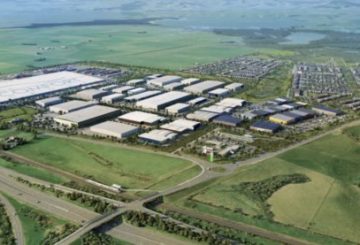Sau một câu chuyện gần đây của RNZ về những chủ nhà nhỏ bé không nhận được những gì họ trả tiền cho, RNZ đã điều tra quyền của người dân là gì khi phải đối mặt với một tranh chấp tòa nhà.
Trưởng nhóm nghiên cứu của người tiêu dùng NZ Rebecca Styles cho biết người tiêu dùng có một số quyền khi mọi thứ đi sai.
Trong khi nhiều người sẽ quen thuộc với Đạo luật Bảo lãnh người tiêu dùng và Đạo luật giao dịch công bằng, Đối với công việc xây dựng Styles cho biết một bảo hành sửa chữa khiếm khuyết đã được đặt ra trong 12 tháng cũng như một bảo hành ngụ ý trong Đạo luật xây dựng, kéo dài đến 10 năm.
Tùy thuộc vào loại hợp đồng, khách hàng bất mãn có thể theo đuổi các con đường giải quyết tranh chấp như phán quyết, hòa giải hoặc trọng tài.
Nếu một doanh nghiệp đạt đến điểm thanh lý, khách hàng có thể được thêm vào danh sách các chủ nợ phải trả.
Nhưng thực hành phá sản được cấp phép Keaton Pronk đã cảnh báo các chủ nợ có bảo đảm sẽ được thanh toán trước.
Pronk đề nghị tìm kiếm công ty thông qua Văn phòng Công ty.
Kiểm tra tên của các giám đốc và cổ đông có thể đưa ra bất kỳ sự cố kinh doanh nào trong quá khứ.
Bất kỳ công ty nào đăng ký tại New Zealand đều cần tuân thủ Đạo luật Công ty, và trở thành giám đốc công ty đi kèm với nghĩa vụ.
Giám đốc toàn vẹn và thực thi tại Bộ Kinh doanh, Đổi mới và Việc làm (MBIE), Vanessa Cook, cho biết mỗi giám đốc của mỗi công ty ở New Zealand phải hành động “một cách chân thành và vì lợi ích tốt nhất của công ty họ”.
Tín dụng: radionz.co.nz





























































